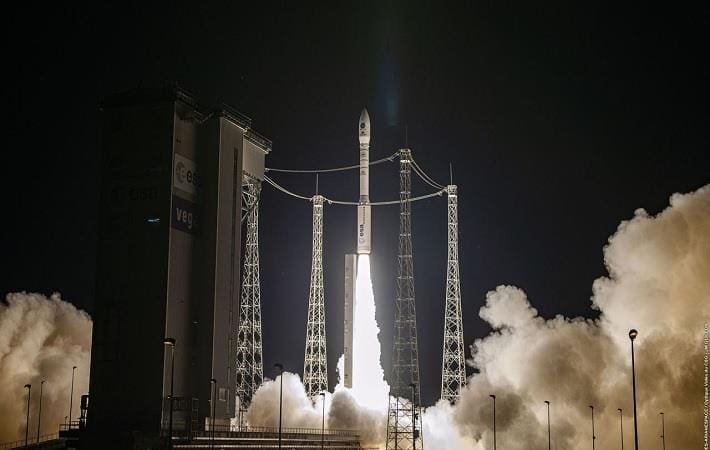Toray Advanced Composites’ RS-36 space-approved composite materials have been used in the innovative modular payload dispenser, which has been crucial in the launch and deployment of over 50 satellites by the European Space Agency (ESA). The agency has used the Small Spacecraft Mission Service (SSMS) modular rideshare system for these launches.
The system makes satellite launch more accessible and affordable.
The new Vega Small Spacecraft Mission Service (SSMS) comprises an innovative modular dispenser, launched in the fairing of the Vega rocket. The dispenser is designed and manufactured by SAB Aerospace (Czech Republic) for ESA’s Vega prime contractor Avio (Italy). The dispenser can house up to 50 satellites per launch and is modular in design, allowing module to be configured to suit individual launch requirement, therefore maximising payload availability and minimising cost for launch.
The SSMS system is made using lightweight sandwich panels, with full carbon-fibre composite skins. The skins use Toray RS-36, an epoxy-based composite material reinforced with Toray M55J high modulus carbon fibre, which provides strength, stiffness, and stability for the overall structure. The materials were supplied by Toray Advanced Composites’ European Centre of Excellence for thermoset systems in Langley Mill (Nottingham), UK.
“The innovation displayed with the SSMS is yet another thrilling example where old space meets new.” Claire Baker, segment manager for Space and Communications Toray Advanced Composites, said. “Established material technology such as Toray RS-36 is enabling the space community to innovate with confidence, with strong heritage and reliability of space qualified materials. Together, this makes space more accessible to small satellite companies like never before. We hope plenty more missions are watching and waiting to book rides in the future”.

